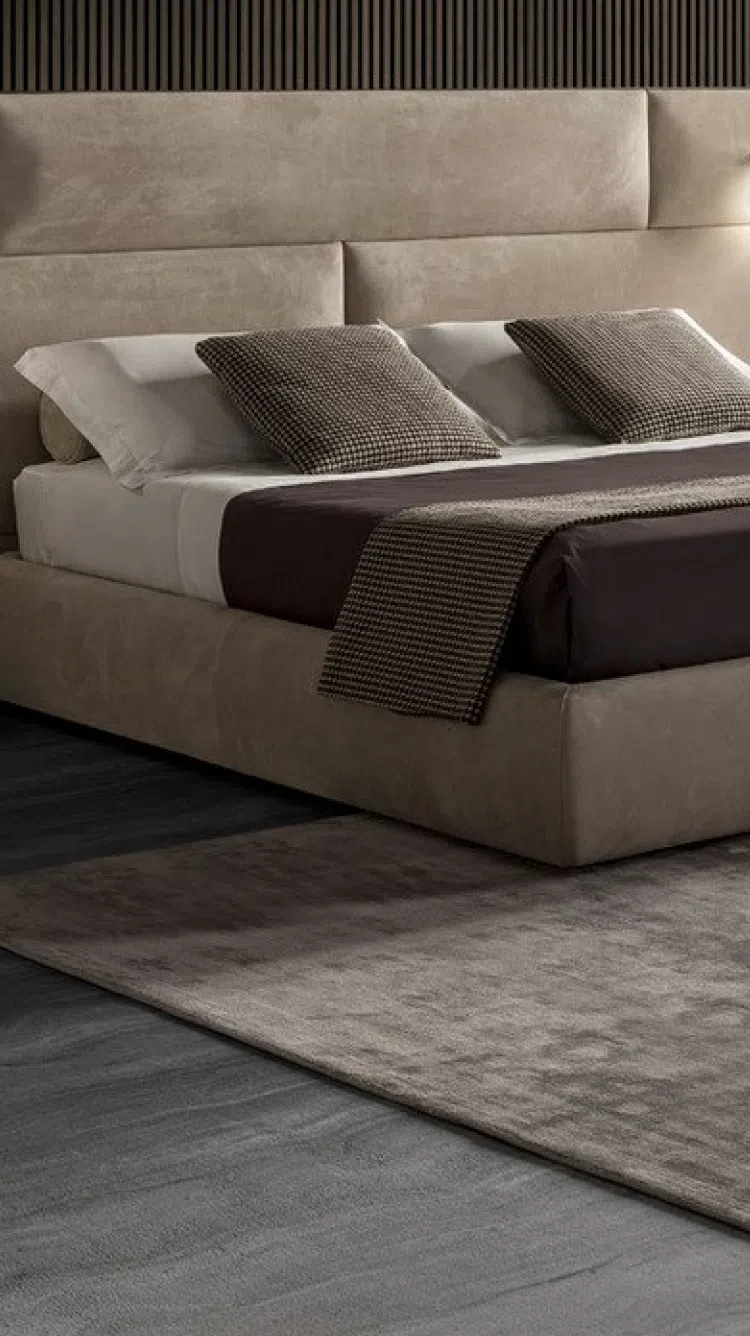
Composition:Acrylic paint is a water-based synthetic resin composed of pigments suspended in acrylic polymer emulsion. It also contains other chemicals that enhance its consistency, drying time, and bonding capabilities. Once the water evaporates, the acrylic polymer particles coalesce to form a flexible, yet tough, film that adheres to the surface.
Durability:
Acrylic paint forms a durable coating that can resist wear and tear, making it suitable for furniture that will be used regularly. It's resistant to moisture once fully cured, which helps protect the furniture from spills and can make cleaning easier.
Application:Applying acrylic paint to furniture is relatively straightforward and can be done with a brush, roller, or spray gun. It adheres well to a variety of surfaces, including wood, metal, and composite materials. For best results, the surface should be clean, dry, and sanded if necessary to ensure good adhesion and a smooth finish.
Drying Time:
One of the benefits of acrylic paint is its quick drying time compared to oil-based paints. It can dry to the touch in as little as 20-30 minutes, allowing for rapid work progression and multiple coats in a single day.
Finish:Acrylic paints are available in a range of finishes, from matte to high gloss. The chosen finish can affect the appearance of the furniture and its resistance to dirt and fingerprints.
Color Retention:
Acrylic paint retains its color well over time, without the yellowing that can sometimes occur with oil-based paints. This makes it a good choice for both vibrant colors and more subdued tones.
Cleanup and Safety:Since acrylic paint is water-based, it can be cleaned up with soap and water, which is less hazardous than the chemicals required for cleaning oil-based paints. It also generally has lower levels of volatile organic compounds (VOCs), making it safer for indoor use.
Versatility:
Beyond the standard aesthetic applications, acrylic paint can be mixed with various mediums to achieve different textures or finishes. It's also compatible with a wide array of painting techniques.
When using acrylic paint on furniture, it's crucial to properly prepare the surface and seal the paint with a clear protective varnish or topcoat to prolong the life of the paint job and enhance the durability of the finish, especially for furniture pieces that are subjected to frequent use or high levels of wear.


